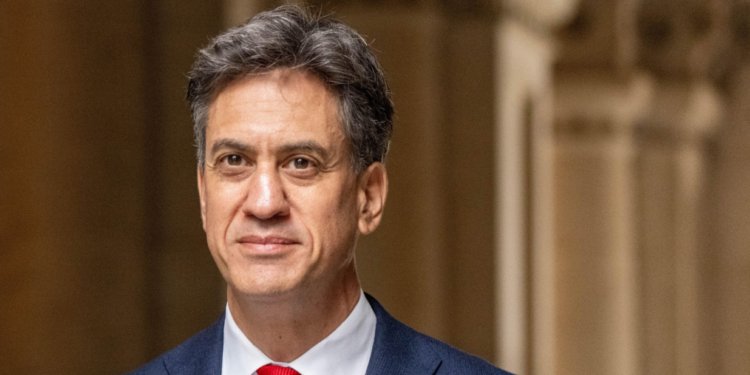Labour’s manifesto promised we would have a zero carbon electricity system by 2030. It is a pledge that Ed Miliband has been making for years, not least in his party conference speech last year, and it was also one of Labour’s ‘Five Missions for a Better Britain’ policy pledge launched last year.
It would therefore be reasonable to presume that Miliband actually had a detailed plan of how he would achieve this and how much it might all cost. It came as a surprise then when, shortly after taking office, he asked the National Energy System Operator, NESO, to provide practical advice on achieving his target.
NESO has now responded with some bad news.
Many energy experts have long argued that a zero carbon grid simply is not possible at these timescales, because you cannot run a grid predominantly on intermittent renewable energy. It turns out that NESO, whose job is to make sure that Britain has the electricity it needs every second of the day, agrees.
Their report sent to Ed Miliband emphasises that we will need to retain a full fleet of gas power plants, to fire up when the wind does not blow and the sun does not shine:

This really is a damning indictment not only of Labour’s energy policy, but also of the whole Net Zero agenda and its reliance on intermittent renewable energy.
Even though NESO says that gas power will only supply 5% of our electricity, there will be many days when we will still need it for half or more. And keeping a fleet of gas plants on standby creates problems of its own. They will need to be fully manned, maintained and ready to fire up as and when needed, all of which will cost a lot of money. With these plants standing idle most of the time, operators will demand billions in standby payments, all of which will end up on our energy bills.
The NESO report also confirms that the increase in wind and solar power demanded by Miliband will drastically increase bills, not lower them as we were promised.
Not only is renewable energy more expensive to produce than gas generation, there are indirect costs to consider, such as paying for standby capacity, costs of storage, curtailment payments when we have too much wind and grid upgrades.
Analysis of NESO data suggests that annual costs could be £20 billion higher by 2030 if Miliband’s plans are carried through.
NESO also says that annual investment of £48 billion will be needed between now and 2030 to achieve targets.
But all of this expenditure will merely end up duplicating what we already have.
If this was not all bad enough, over reliance on intermittent renewables will mean that we will end up having energy rationing. According to NESO, households will have to switch off appliances at times of peak demand. Currently, of course, gas generation is turned up and down to match demand.
NESO hopes the public will do it voluntarily! Good luck with that.
Unsurprisingly, Ed Miliband has already been bragging that this new report proves that his clean power plan is both achievable and will lead to cheaper electricity. Both are outright lies.
But it looks like we will learn this the hard way.













To join in with the discussion please make a donation to The Daily Sceptic.
Profanity and abuse will be removed and may lead to a permanent ban.